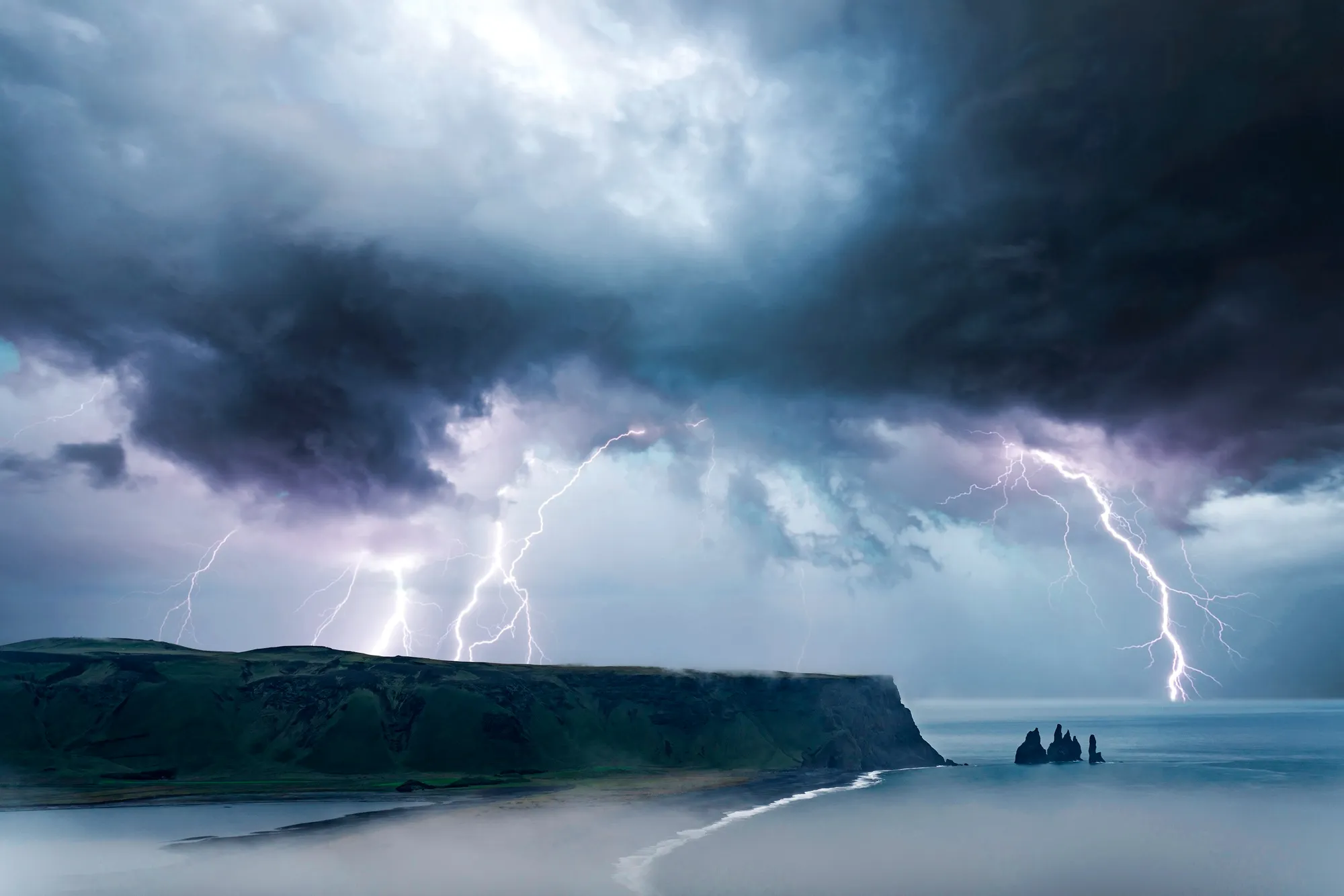Introduction
Lightning is one of the most fascinating and dangerous phenomena in the natural world. It plays a crucial role in Earth’s nitrogen cycle and has significant impacts on human societies through power outages, forest fires, and even fatalities. In a groundbreaking study published in The Science of the Total Environment, a team of researchers based in India conducted an extensive investigation into the atmospheric conditions linked to lightning activity over the National Capital Region (NCR) of Delhi. The findings reveal a strong association between lightning events and factors such as the Lifting Condensation Level (LCL), Equilibrium Level (EL), K Index, and relative humidity at different atmospheric pressure levels during periods of varying Convective Available Potential Energy (CAPE) from 2019 to 2020.
Abstract from the Study
The research paper, titled “Association of lightning with Lifting Condensation Level (LCL), Equilibrium Level (EL), K Index, and humidity at 850 mb and 200 mb during various CAPE, over northern India,” provides invaluable insights into how specific atmospheric conditions can affect the genesis and severity of lightning storms. With the reference number 38220021, DOI 10.1016/j.scitotenv.2024.169947, and under the collaborators Lal Deen Mani, Umakanth Nandivada, Domkawale Manoj Arjun, Gopalakrishnan Venkatachalam, Srivastava Manoj Kumar, and Pawar Sunil Dnyandeo from the venerable Indian Institute of Tropical Meteorology, Pune, and the Department of Geophysics, Banaras Hindu University, Varanasi, this study presents a significant leap forward in our understanding of storm dynamics within this geographic locale.
The Study in Detail
The researchers focused on the NCR of Delhi (Latitude: 27°N -29°N, Longitude: 76°E-78°E) for the time span of 2019 and 2020, providing a comparative analysis of the prominent atmospheric variables during periods of lightning activity. The findings show a notable increase in lightning occurrences during periods with low LCL. These low LCL instances correlated with higher relative humidity at an 850 mb pressure level and elevated K Index values, which is a measure that meteorologists use to predict thunderstorm potential.
Further, the research suggests that when the LCL is low, and humidity is high at the 850 mb level (meaning there’s low dew point depression), conditions are ripe for the formation of supercell thunderstorms. These powerful storms are capable of producing tornado-like updrafts, further highlighting the complexity and danger associated with this weather phenomenon.
The study also observed a fascinating aspect of anvil cloud behavior, noting that despite uniformly freezing cloud tops, the anvil clouds exhibited a variable presence over time. Such disparities in anvil cloud coverage, coupled with uneven LCL heights and relative humidity at 850 mb, are believed to have contributed to the inconsistent pattern of seasonal lightning in the years studied, independent of nearly constant seasonal aerosol concentrations and relative humidity values.
Implications of the Study
The importance of this research is manifold. First, it provides a more nuanced understanding of the atmospheric dynamics that lead to the development of severe weather events in northern India. By identifying the conditions that enhance the likelihood of lightning, meteorologists can improve forecasts and warnings, potentially saving lives and reducing economic losses. It can also inform infrastructure planning, as regions prone to high lightning activity may require robust lightning protection systems.
Furthermore, the study contributes to the wider field of climate science. With the increasing variability of weather patterns due to climate change, understanding how specific atmospheric variables interact to cause severe weather outbreaks is crucial. This knowledge can refine climate models and contribute to more accurate predictions of how our rapidly changing climate will impact weather extremities.
Conclusion
In conclusion, the study by Lal Deen Mani and colleagues is a pioneering effort in dissecting the complex interplay between various atmospheric levels and their influence on lightning activity. It underscores the need for sustained atmospheric observations and cutting-edge research to gain a foothold in predicting and mitigating the impacts of severe thunderstorms.
Keywords
1. Lightning Activity India
2. Atmospheric Conditions Lightning
3. Severe Weather Forecasting
4. Thunderstorms Atmospheric Science
5. Climate Change Weather Patterns
References
1. Lal, D. M., Nandivada, U., Arjun, D. M., Venkatachalam, G., Kumar, M. S., & Dnyandeo, S. P. (2024). Association of lightning with Lifting Condensation Level (LCL), Equilibrium Level (EL), K Index, and humidity at 850 mb and at 200 mb during various CAPE, over northern India. Science of The Total Environment, 169947. doi: 10.1016/j.scitotenv.2024.169947
2. Rakov, V. A., & Uman, M. A. (2003). Lightning: Physics and Effects. Cambridge University Press.
3. Price, C., & Asfur, M. (2006). Can Lightning Observations be Used as an Indicator of Upper-Tropospheric Water Vapor Variability?. Bulletin of the American Meteorological Society, 87(3), 291–298. doi: 10.1175/BAMS-87-3-291
4. Williams, E., & Stanfill, S. (2002). The physical origin of the land–ocean contrast in lightning activity. Comptes Rendus Physique, 3(10), 1277–1292. doi: 10.1016/S1631-0705(02)01407-X
5. Peterson, M., & Liu, C. (2014). Global statistics of lightning in anvil and stratiform regions over the tropics and subtropics observed by the Tropical Rainfall Measuring Mission. Journal of Geophysical Research: Atmospheres, 119(19), 11286–11302. doi: 10.1002/2014JD021799
